Uneventful Austerity: Babu Eshwar Prasad’s Hariva Nadige Maiyella Kaalu
Babu Eshwar Prasad’s second directorial feature, Hariva Nadige Maiyella Kaalu (A Running River is all Legs, 2020), borrows its graphically uncanny title from a line from a Vachana by the twelfth-century poet Allamaprabhu. It was recently screened as part of the Panorama section of Contemporary Indian Cinema at the Bengaluru International Film Festival 2023, as well as at the India International Centre, New Delhi. This narratively nominal film takes the viewer through the lives of three individuals without hinging on a diegetic urgency. Its remarkable, open-ended narrative structure is held together by the unremarkable cadence of everyday life.
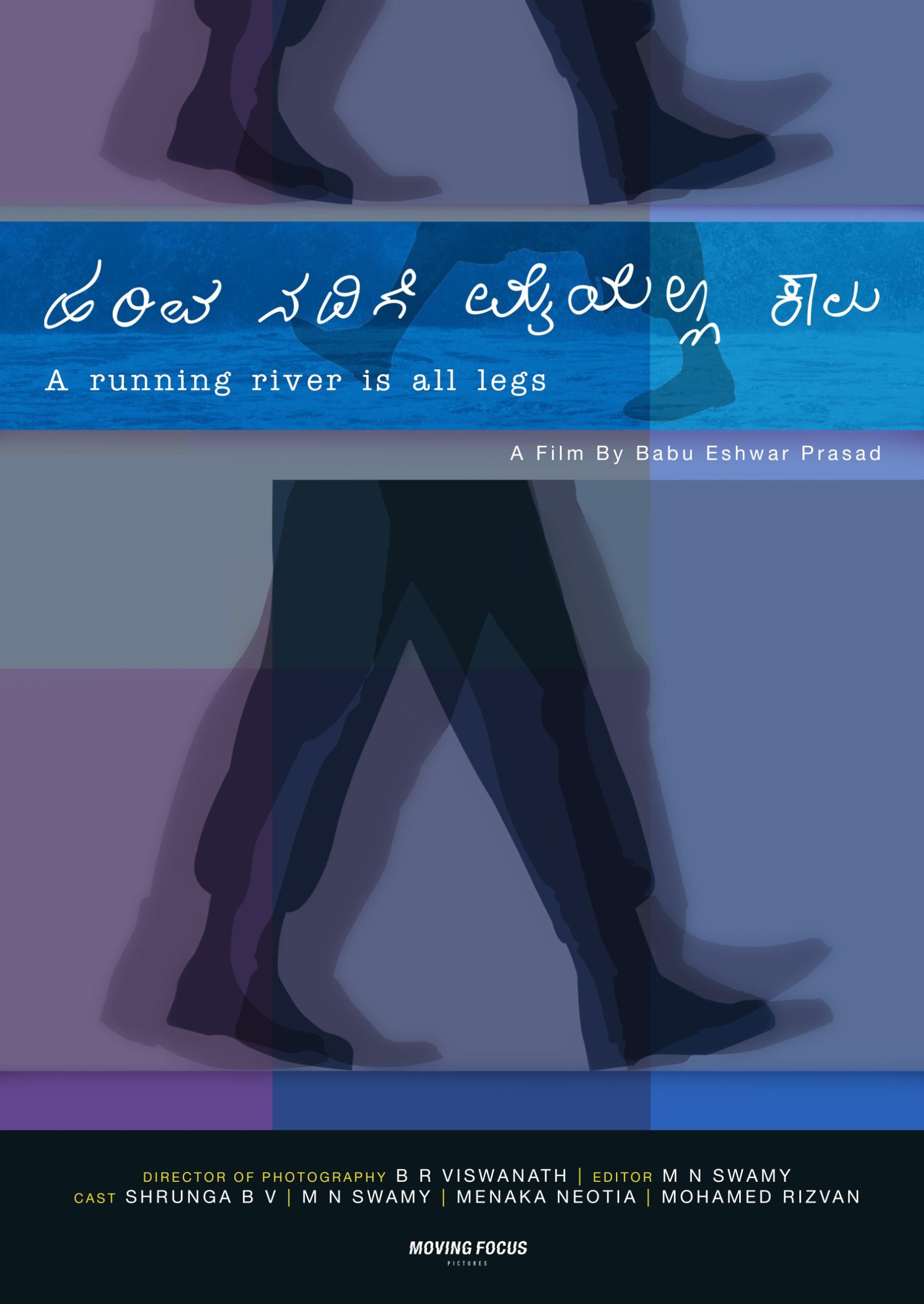
The protagonists live out a rhythmic monotonicity laden with the weight of events that remain unlocatable throughout the film. Photojournalist Kumar, tired of drab assignments, seeks out new avenues to nurture his creative impulses. Neelu, a salesgirl in a shoe store, appears occupied with an unspoken tension concerning personal matters. The elderly Amaresha amuses himself by posing as a palmist inside a prison, where his sentence reduction plea is perpetually deferred. Here, Prasad does not venture to tease out ruptures in the mundane or aestheticise the banal. Instead, he invents a cinematic logic in and of the uneventful.
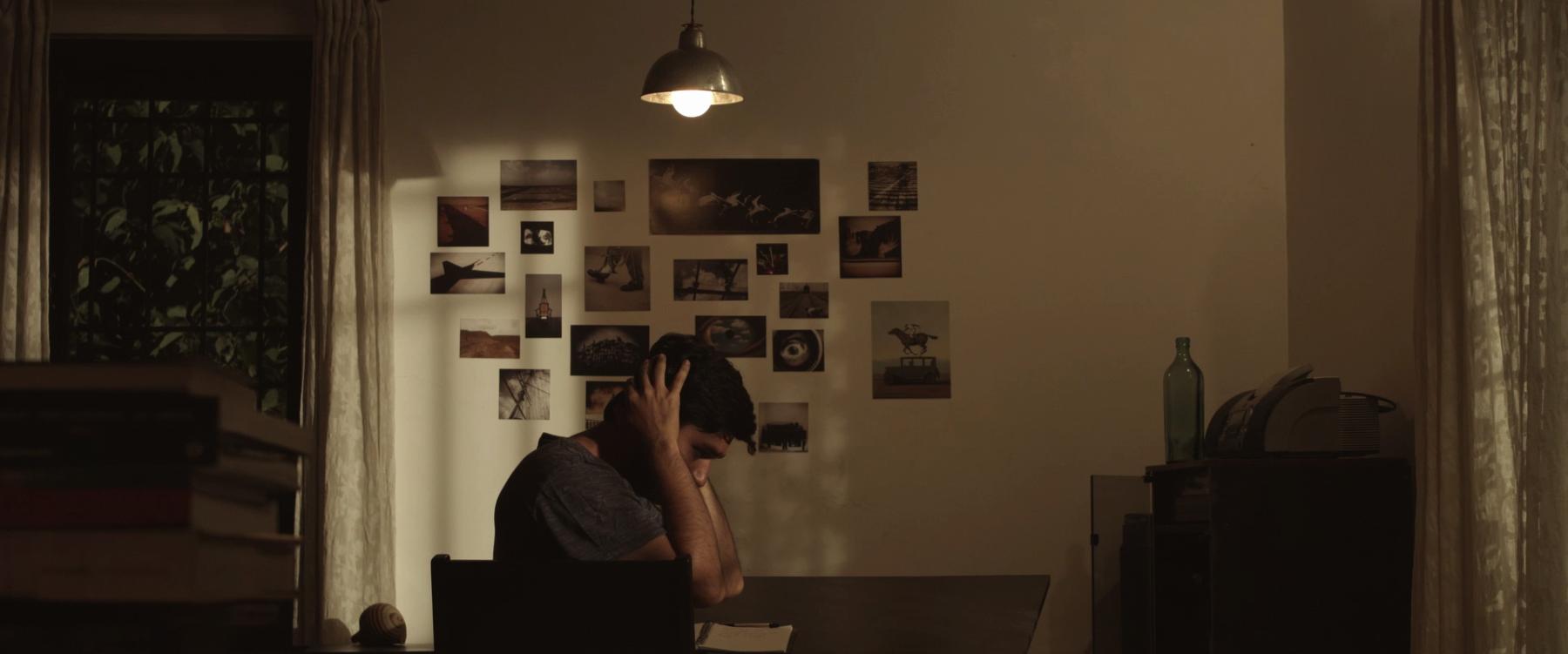
A river of walking limbs on the streets welcomes the viewer in the opening sequence, accompanied by a dense hum. They move unceasingly in an undifferentiated visual field. Given that Prasad completed working on this film during the pandemic, these images inexorably recall the news-saturated visuals of migrant labourers walking long distances during the nationwide lockdown. However, as the camera meditates on pedestrian crowds over successive frames, it gradually isolates the characters. It manages to preserve their existential anonymity in this daily, uneventful scenario. This movement between dramatic expectancy and an indefatigable continuity matures into a cinematic language.
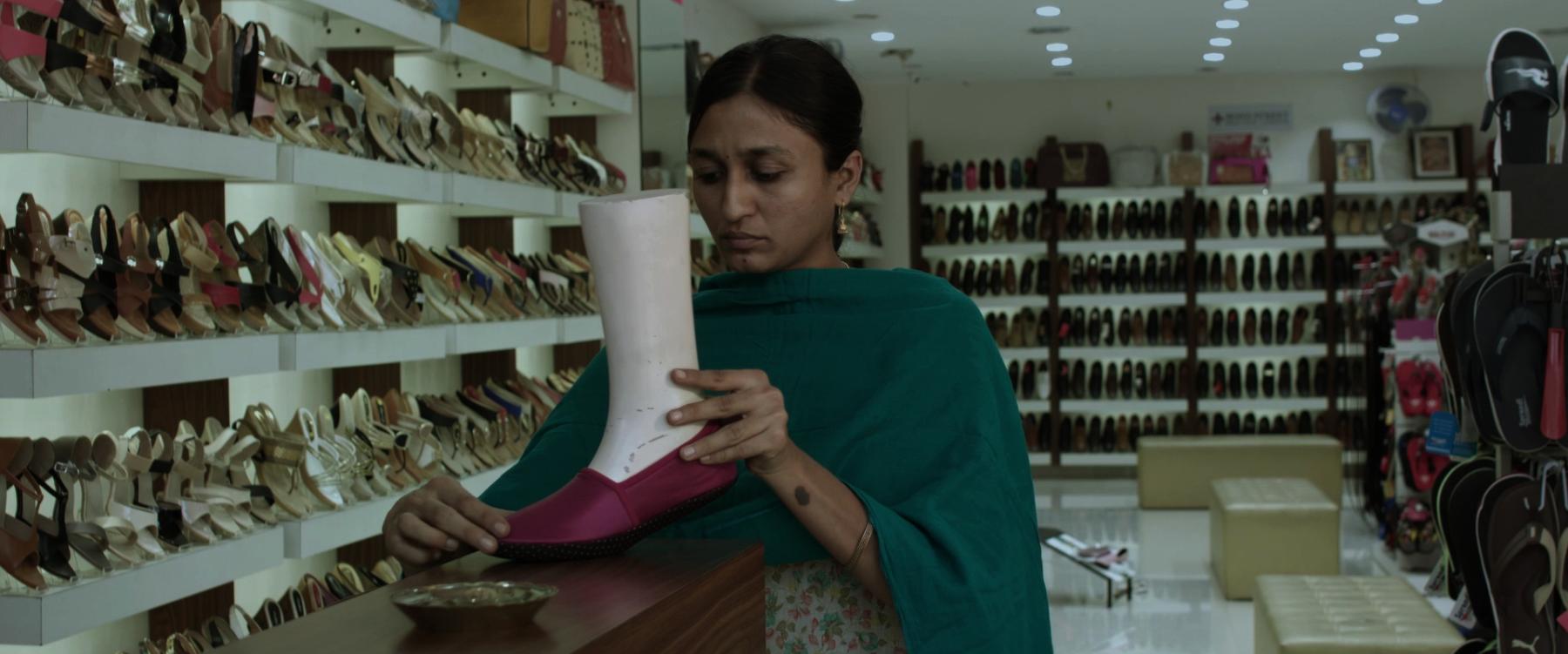
By using audio-visual rhythms of walking or minimally recurring narrative elements, Prasad enunciates the undemanding tempo of the characters’ lives while they remain obstinately unconnected to each other. Towards the end of the film, a lifeless body lying on the streets ropes Neelu and Kumar together amid a small crowd gathered around it, but only for a moment of mutual obliviousness. Similar dramatic possibilities eclipse the even-tempered narratives—in Kumar’s mystical encounter with a wandering sage, Neelu’s coffee shop meeting with an unnamed character, or Amaresha’s conversation with the jail superintendent—but they do not inundate the film’s understated progression.
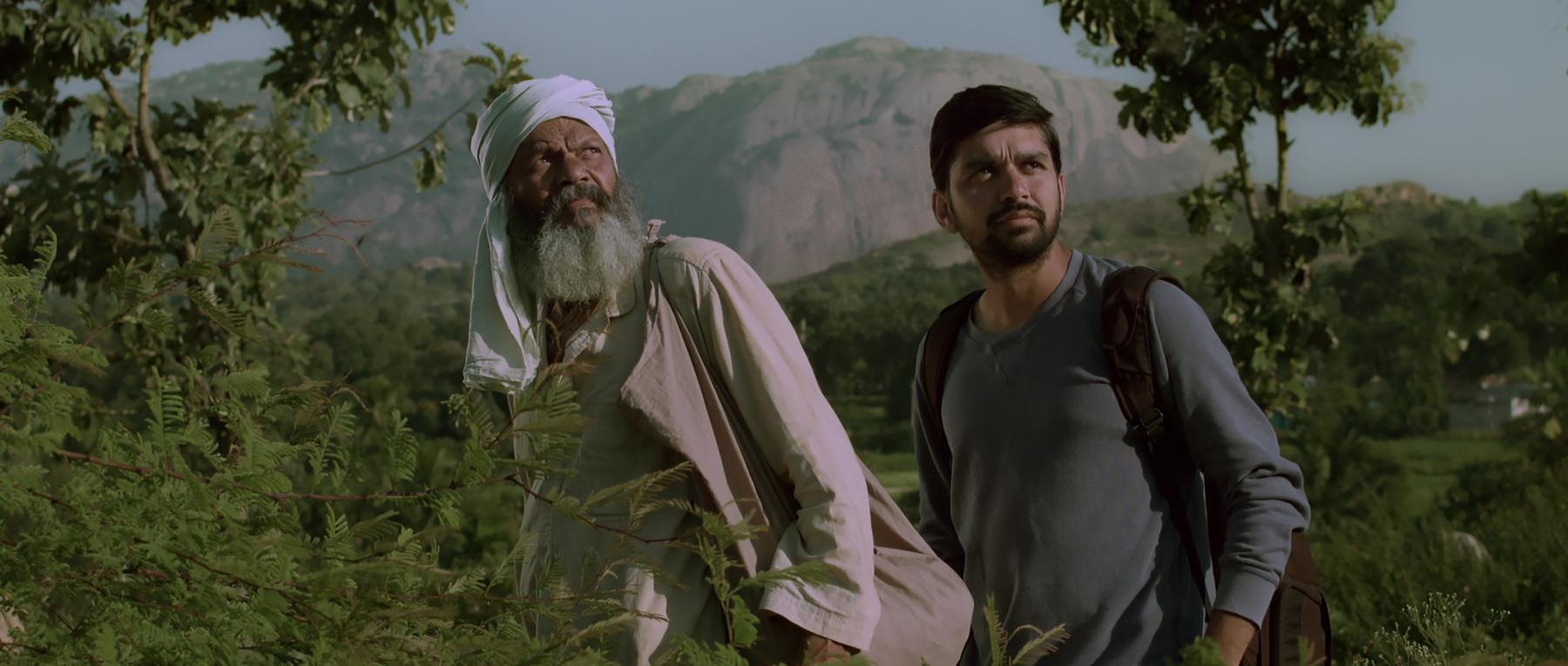 Exploring the idea of the non-event in modernist poetry, Peter Hühn writes that a prototypical event marks “a decisive change of state” or a deviation from an expected narrative course. It breaks the circadian linearity of the characters’ situations for dramatic modulation. A non-event, therefore, entails the failure of an event to take place or the non-eventfulness of a narrative deviation. Prasad leans both ways to suture a temporal continuity of non-events as narrative diversions hover at the periphery.
Exploring the idea of the non-event in modernist poetry, Peter Hühn writes that a prototypical event marks “a decisive change of state” or a deviation from an expected narrative course. It breaks the circadian linearity of the characters’ situations for dramatic modulation. A non-event, therefore, entails the failure of an event to take place or the non-eventfulness of a narrative deviation. Prasad leans both ways to suture a temporal continuity of non-events as narrative diversions hover at the periphery.
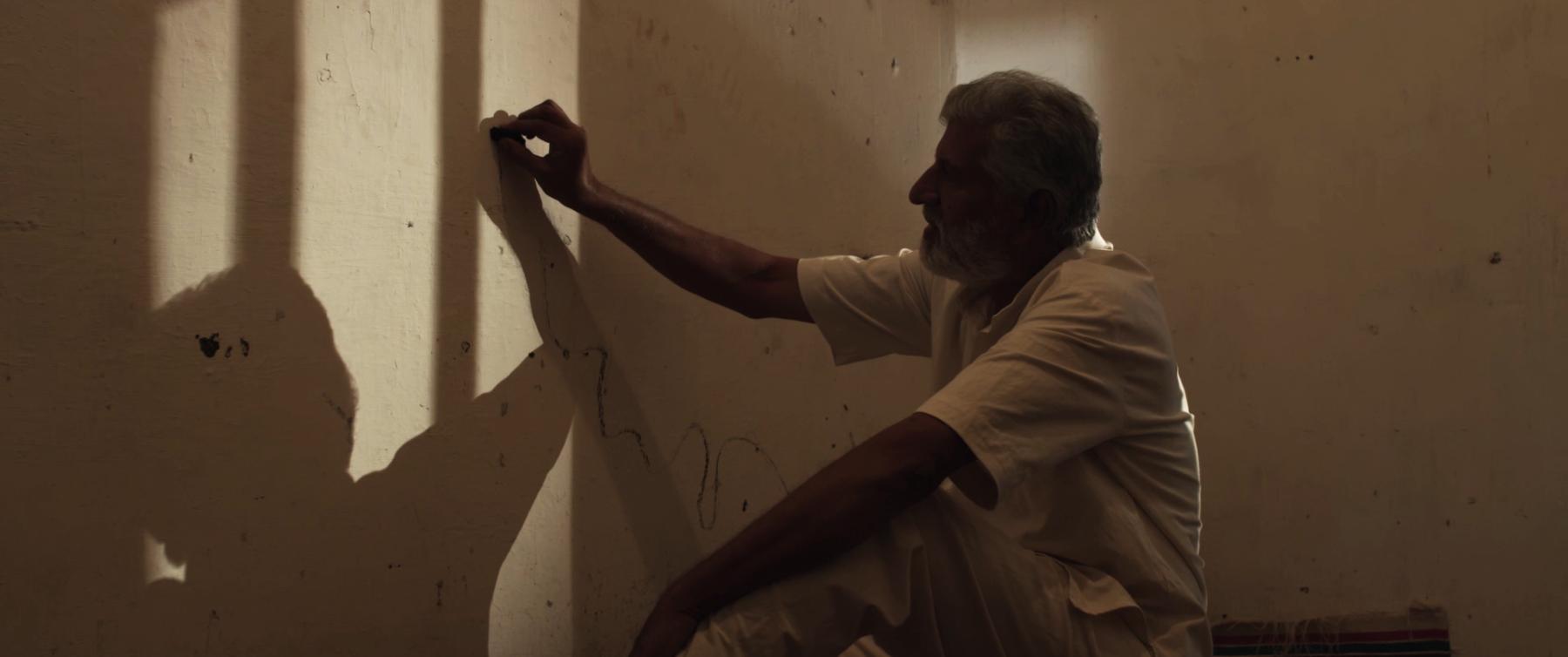
A particularly distinctive node that provides succour to the film’s uneventful austerity is its dynamic treatment of everydayness through landscapes. Babu Eshwar Prasad’s practice of painting surreal landscapes, often moulded by dreams and psychic realities, finds its way into the film. He refashions landscapes and surrounding spaces in ways that ideate the characters’ inexplicable subjective designs. Kumar’s self-searching adventure evolves as he comes across stretches of the Baba Budan Hills, Kolar Goldfields and other perplexing locations. The prison spaces seemingly expand and contract in response to Amaresha’s psychic states. Similarly, the unremitting framing of Neelu traversing staircases and passageways delineates her inviolably humdrum routine. Hariva Nadige Maiyella Kaalu tangentially touches the lives of three individuals, gathering images and sensations that persist unaccountably after the ending shot pans up to a flat pale-blue sky.
To learn more about Kannada films, read Sucheta Chakraborty’s interview with Raj B. Shetty on his filmmaking practice in Mangalore, Satyavrat KK’s reflection on the dominance of Shankar Nag and his essay on the representation of Bengaluru’s public sector in cinema.
All images from Hariva Nadige Maiyella Kaalu (2020) by Babu Eshwar Prasad. Images courtesy of Moving Focus Pictures.




